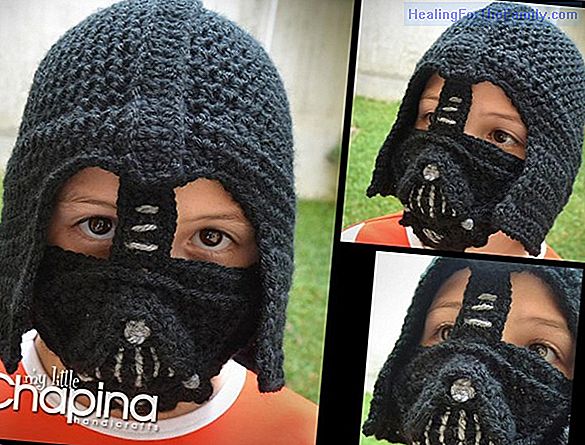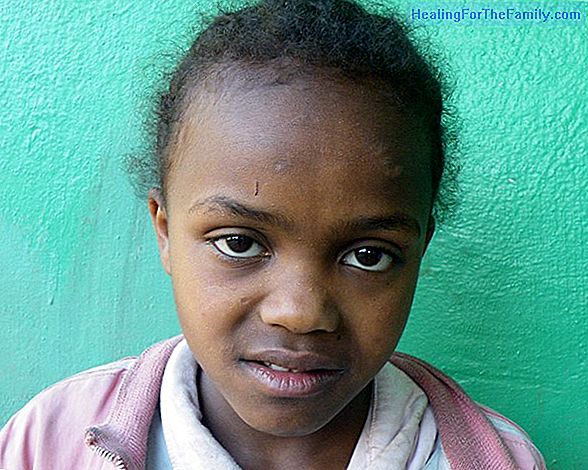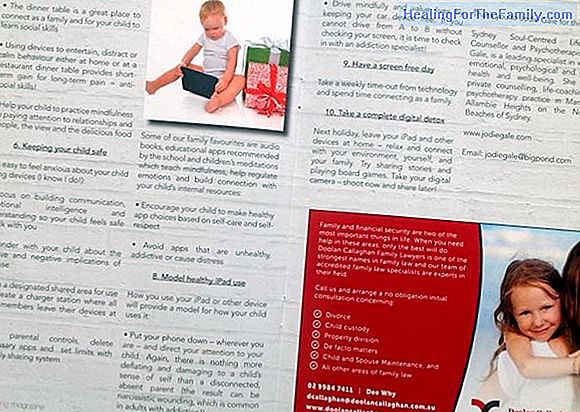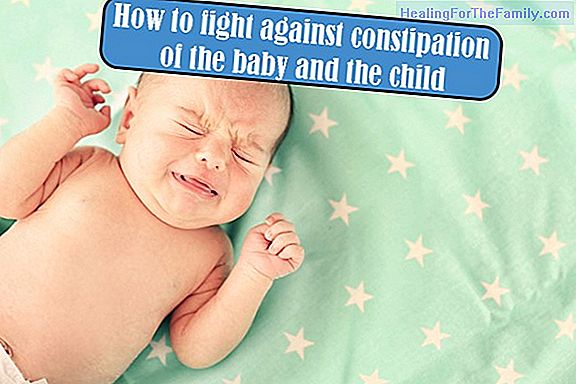The most frequent dyslalias in childhood
Does your child have trouble pronouncing certain words or letters? When it is not a matter of a physical problem, we are talking about functional dyslalia, that is, when the child has difficulty producing or articulating phonemes without there being any anatomical deformation, or something that phys
Does your child have trouble pronouncing certain words or letters? When it is not a matter of a physical problem, we are talking about functional dyslalia, that is, when the child has difficulty producing or articulating phonemes without there being any anatomical deformation, or something that physically prevents them from pronouncing them.
Normal.dotm 0 0 1 91 521 Polegar Medios S.L.N.E. 4 1 639 12.0 0 false 21 18 pt 18 pt 0 0 false false false
According to psychologist Ana Carballal, an expert in early intervention, functional dyslalia is the most common in childhood, and it is usually detected in children who are learning to speak. . "Children simply do not learn and do not know well the point and the way of articulation of the phoneme" assured the expert.
The different types of dyslalia and how to detect them

Depending on the phoneme that is most difficult for you to pronounce, it will be the type of dyslalia that the child presents. Here we mention the most common dyslalias in childhood.
1- Sigmatism: it is when the phoneme "s" is mispronounced. It is a disorder in which children calm a lot, example: "Zalio el Zol". When pronouncing this phrase, the child places the tongue between the teeth and this is how it produces the lisp.
2- Rotacism: is when the phoneme "r" is incorrectly articulated. When the child mentions the letter r, he usually mentions it as if it were a vibrating sound. This is one of the most frequent mistakes, since pronouncing it has a greater degree of complexity ...
3- Ambacism: it is when the phoneme "l" is replaced by the phoneme "r", example: instead of pronouncing "boat", the child pronounces "balco".
4- Deltacismo: is the non-articulation corresponding to the phoneme "d".
5- Tetacism: is the non-articulation of the phoneme "t".
Treatments for infantile dyslalia
In order to solve these speech disorders, exercises and therapies can be performed with specialists, which will allow the child to carry out an appropriate treatment according to their needs. Among the treatments for the most frequent dyslalias in childhood, we can mention:
1- Stimulation to produce sounds, along with movements and postures.
2- Stimulation and coordination of movements so that it associates them with the pronunciation of sounds.
3- Pronunciation of sounds by syllables.
4- Practice the pronunciation of complete words through games












